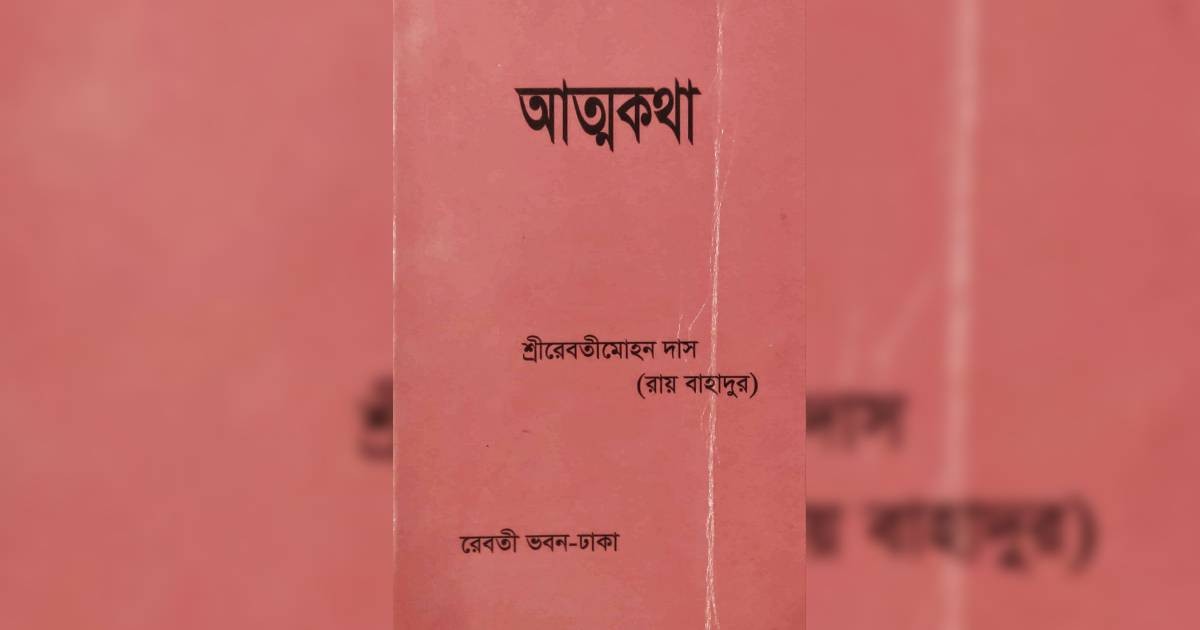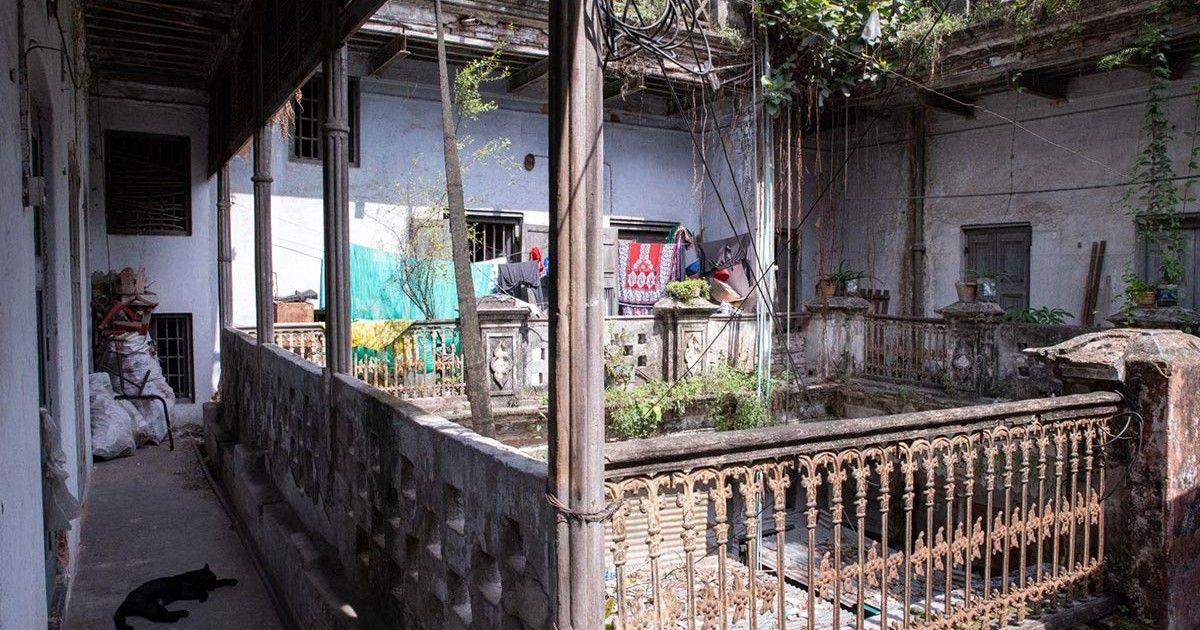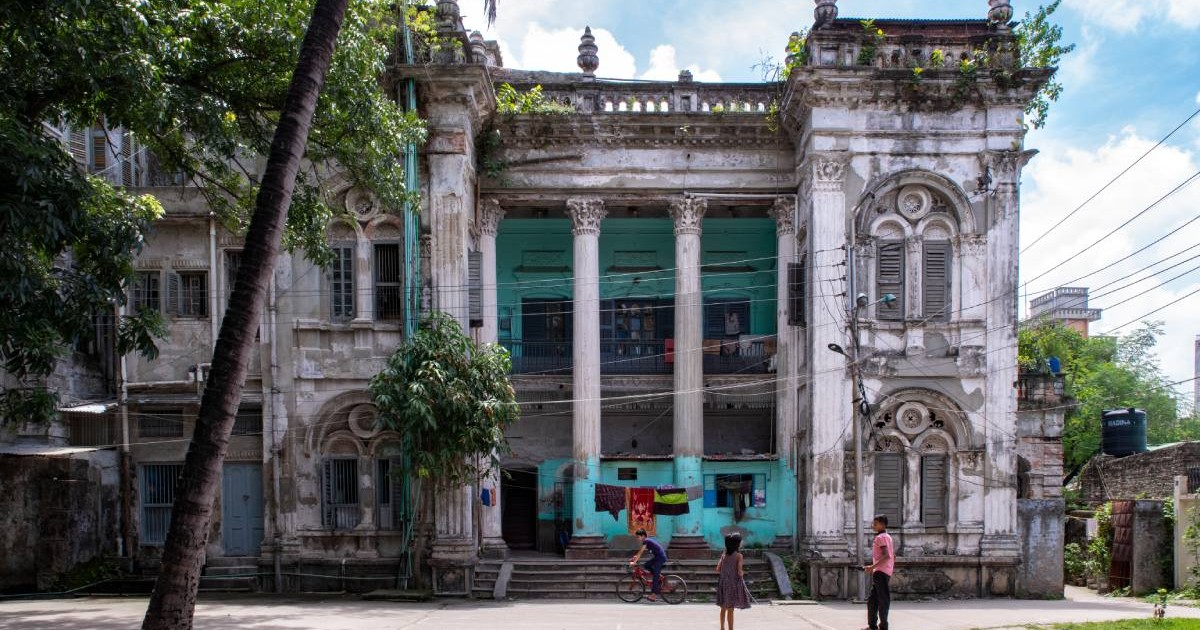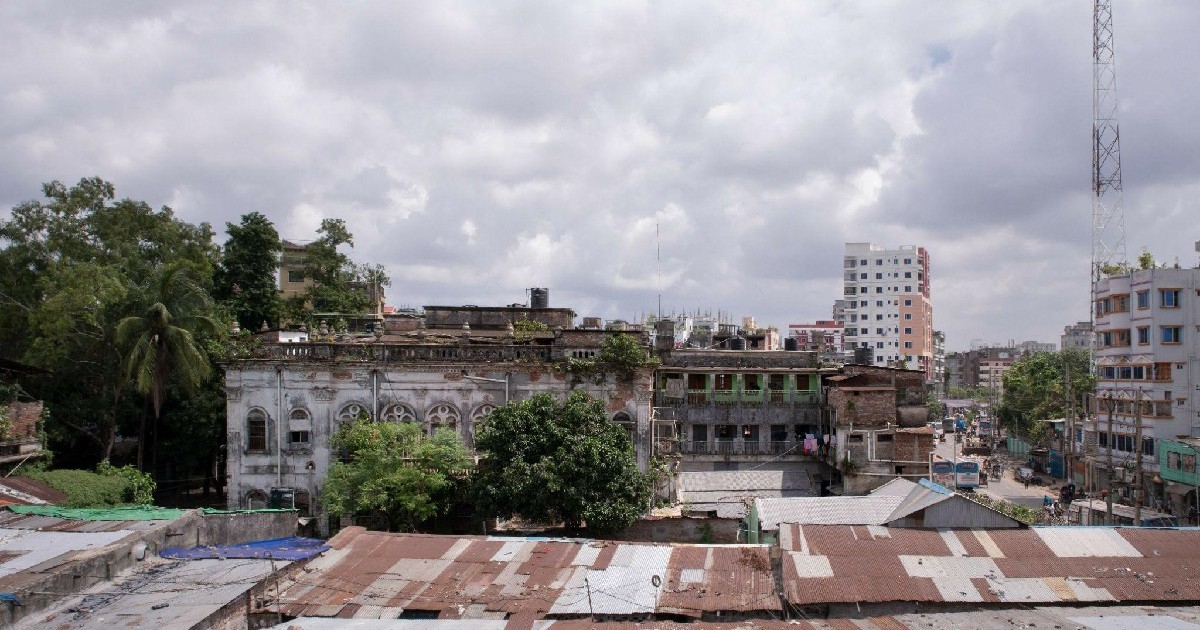From the book “Atmakatha,” written by Revati Mohan Das, published in 1341 BS (1934 CE) at Alexandra S.M. Press, Dacca (Dhaka).
Revati Mohan Das was born in 1851. His father, Gaur Chandra Das, was an ordinary trader in Dhaka, but was renowned for maintaining a storehouse, commission agency and clothing business. The family started facing financial and domestic crises following the death of Gaur Chandra Das. At that time, Revati Mohan Das’s mother Shondhamoni Das separated her children. Consequently, from an early age, Revati Mohan Das turned his attention towards developing businesses and started being successful. In his autobiography, “Atmakatha,” Revati Mohan Das mentions that he suffered from serious illnesses at various periods of his life.The family had connections with reputed doctors of Dhaka, who used to visit Revati Bhaban for conducting treatment.
Revati Mohan started his first investment business by taking a loan from the government fund. Following this, he achieved success by providing contractors, launch services and brick and wood supplies in constructing various infrastructures for the government. In 1909, Revati Mohan started a printing business called Alexander Steam Machine Press, which printed news about government works as well as political propaganda. Through his investment business, he lent large sums of money to famous zamindars and businessmen of that time in Dhaka, Sylhet, Barisal and Mymensingh. Due to this practice, many zamindars and businessmen would routinely visit Revati Bhaban. After launch services were initiated, the Dhakeshwari launch would leave for Vikrampur from the river ghat near Revati Bhavan. When motor vehicles started to become popular in Calcutta and Bengal, he started the business of kerosene and petrol stations in 1920.
“I developed a distrust of traditional religion while I was a student of Class 3. Since then I was gradually drawn to Brahmoism. Under the influence of my late friend Gobindra Chandra Das, my mind shifted from the bondage of traditions developed over centuries to a free and liberal space under the open sky… The foundation of a Brahmo Samaj was not yet laid in East Bengal. Worship would take place on the second floor of the house of the late Bajrasundar Mitra in Armenitola… Around that time, we formed a group with some like-minded people. We carried out worship meetings at “Atpolli Kotha”, the house of Roopbabu and Raghubabu on the riverbank. On some days, we held worship on the grass of the riverbank… The East Bengal Brahmo Samaj was established in 1869… In 1900, I came to the new house on No 109 Walter Road. Since then, worship has been held in my house every Wednesday evening.”
“In 1916, a large meeting of enlightened and sympathetic Barhmos was held. It was decided at that meeting that a Brahmo school should be established in Dhaka city, and that each government employee should contribute five takas from their salary. Others will contribute according to their capacity. No enthusiasm was however noted about this at the meeting. I was then asked, how much was I ready to contribute. I answered: I cannot say anything now, but I think no school can work like this. I called aside my principal employee Radhaballabh and consulted with him. I did not provide any answer that day. The following day I addressed the gathering: If you allow me, I will bear all the costs. The name of the school under Esat Bengal Brahmo Samaj will be East Bengal Institution. I will not hold any ownership here, all rights will belong to the Brahmo Samaj. I will have this written. I do not want my name here.”




